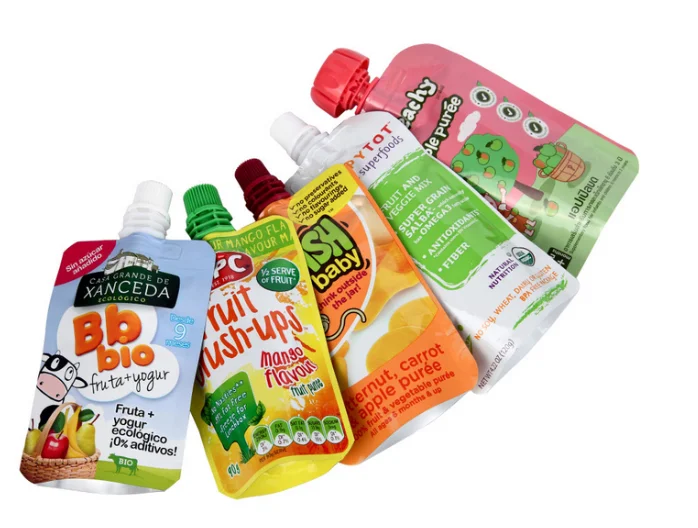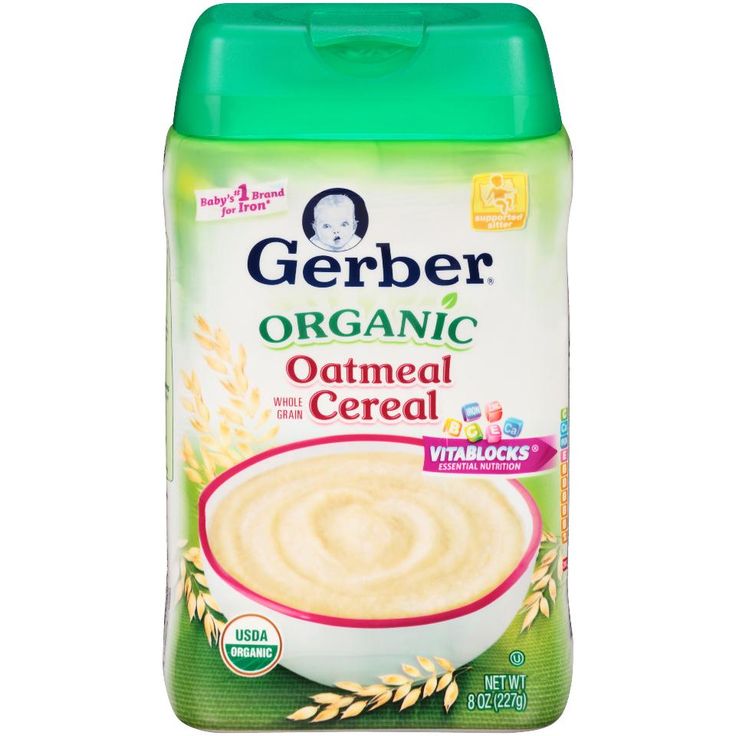Food thickener for babies
Baby Formula and Food Thickeners: What are the options?
To follow up on Mallory’s post on Dysphagia, GERD, and Silent Aspiration in children, in this post we discuss the use of thickeners. We’ll also share some thickener options and questions you should ask the healthcare team.
Your child’s healthcare team may recommend a thickener to help manage:
- reflux (“GER”), also called spitting up in infants
- dysphagia (trouble or difficulty swallowing), and/or
- aspiration (when fluid or food getting into the lungs)
If your little one shows signs of reflux, dysphagia or aspiration, see a doctor to determine exactly what condition needs to be managed. Always check with your child’s doctor and/or feeding specialist or speech pathologist to see if a food thickener is appropriate for your little one before trying one.
Reflux is a possible sign of food allergies, particularly in infants. Getting allergies under control with a hypoallergenic formula, like Neocate, usually takes care of signs and symptoms. So when reflux is a symptom of food allergies, Neocate can help. A healthcare professional can diagnose a food allergy. If you suspect your child may have a food allergy, these 8 questions can help you talk to your healthcare professional about your concerns.
Also, children with eosinophilic esophagitis (EoE) can have symptoms of dysphagia and often have symptoms of reflux. EoE is caused by food allergies and can be managed effectively by eliminating the allergens in your child’s diet. Thickening their food or formula may not be needed once the allergens are removed if the reflux also comes under control.
Thickening Liquids and Foods
If your child does have reflux, there are typically strategies that are tried before thickeners. These can include smaller, more frequent feedings and upright positions. Your healthcare team should advise what you should try first and in what order. They can tell you how long to try before moving on to new strategies.
If other strategies aren’t successful, it may be necessary to thicken liquids and runny foods. This can help make them easier to swallow and keep down. When fluids are too thin or liquid, some children have trouble using their tongues and the muscles that help to swallow correctly. This can cause liquid to get caught in the airway passage and then get into their lungs, or aspirate. Aspiration – – can be dangerous! Thickening the formula and other fluids can help the liquids stay together during swallowing. This can decrease the risk of aspiration.
This can help make them easier to swallow and keep down. When fluids are too thin or liquid, some children have trouble using their tongues and the muscles that help to swallow correctly. This can cause liquid to get caught in the airway passage and then get into their lungs, or aspirate. Aspiration – – can be dangerous! Thickening the formula and other fluids can help the liquids stay together during swallowing. This can decrease the risk of aspiration.
Sometimes thin liquids don’t stay down, particularly in infants. Many infants spit up, and it’s often not problematic and goes away eventually. Other times, the amount and frequency of spit up may concern the healthcare team. Thickening formula or breast milk may help to minimize spit up frequency and volume.
Foods as Thickeners
Healthcare professionals may suggest adding something to formula or expressed breast milk to thicken it for some infants with reflux. Some healthcare team recommend adding certain foods to achieve this. However, it’s important to note that there is not consensus on this: Not all healthcare teams agree that this is an acceptable approach; And there isn’t consensus on which food items should be used and in what amounts. Using foods as thickeners carries known risks.
However, it’s important to note that there is not consensus on this: Not all healthcare teams agree that this is an acceptable approach; And there isn’t consensus on which food items should be used and in what amounts. Using foods as thickeners carries known risks.
If your healthcare team suggests adding a food to thicken formula or other liquids:
- They should specify what food and how much to add to your little one’s bottle.
- Don’t be afraid to ask for explicit instructions and ask questions.
- For infants, formula thickened with foods may not flow through a nipple well.
Commercial Thickeners
There are some commercial thickeners on the market that may be options, depending on your child’s age. These have been studied more extensively than food-based thickeners. If your child has food allergies, ensure the thickener doesn’t contain any of their allergens. You should read labels and call the company that makes the thickener to be sure it’s free of your child’s allergens. A few options in the market, and the manufacturer guidance on who can use the product, include:
A few options in the market, and the manufacturer guidance on who can use the product, include:
- GelMix (not for use with infants under 42 weeks gestational age or with infants under six pounds)
- ThickenUp (only appropriate for use in individuals greater than 3 years old)
- Thick-It (not for use with infants under 37 weeks gestational age, consult physician before use with any infant)
- SimplyThick (DO NOT USE IN INFANTS OR CHILDREN WITHOUT CONSULTING A PHYSICIAN)
Listing these thickeners here is not an endorsement. We do not recommend any specific commercial thickeners for use with Neocate formulas: Any should work. If your healthcare team recommends that you should thicken your Neocate formula, ask what thickener they recommend.
We hope this helped! What other questions do you have about thickeners?
– Christine Graham-Garo & Rob McCandlish, RDN
Nutrition Specialists
Last updated April 4, 2018
Published: 06/17/2010
Thickened Feeds For Babies - 5 Facts You Need To Know
Thickened feeds for babies
Caring for a baby with reflux can be stressful and exhausting. In your search to find out what you can do to help, you may have heard about thickened feeds.
In your search to find out what you can do to help, you may have heard about thickened feeds.
There are a variety of thickeners available.
For example, there are commercial milk thickeners, rice cereal, ‘cornflour’ (made from corn or wheat) or bean gum.
The idea behind the use of thickened feeds is to make feeds heavier, to try to keep them down in the stomach and not rise back up the oesophagus and out the mouth.
But, do thickened feeds actually help a baby with reflux?
Can they cause any problems?
Here are 5 important facts about thickened feeds:
#1: No formula has a place treating reflux in breastfed babies
This point may be shocking or surprising to hear.
Formula feeding or mixed feeding your baby?
Anti-reflux (AR) formula is often suggested if your baby has been diagnosed with gastro-oesophageal reflux disease (GORD).
AR formula differs from standard cows’ milk based formula, because it contains added thickener (e.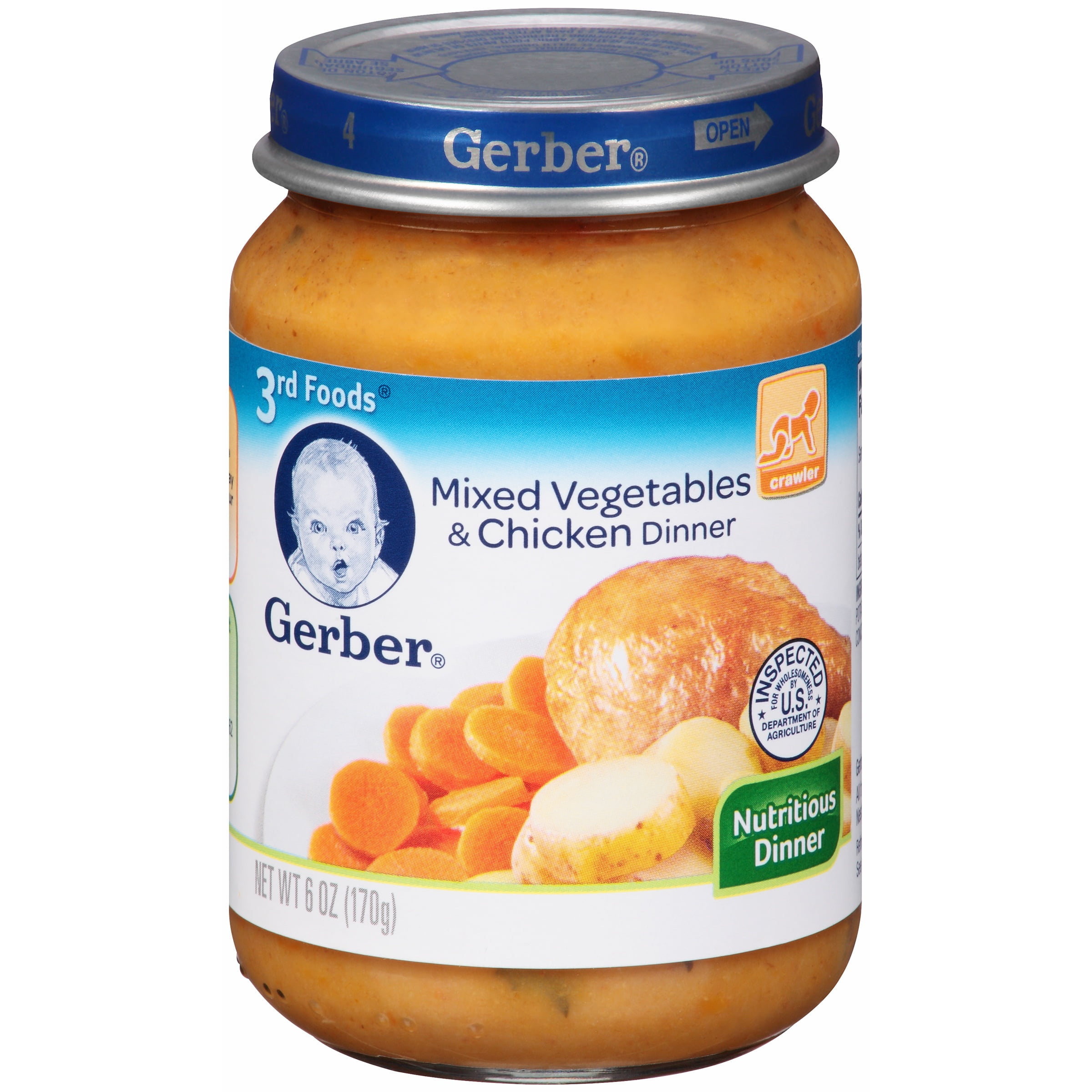 g. some of the lactose is replaced with starch).
g. some of the lactose is replaced with starch).
Unfortunately, formula companies are well known for making big claims about their products, and AR formula is no different.
There is no reputable scientific evidence that AR formula actually helps babies with reflux.
In addition, many parents find AR formula difficult to make up, as they find it tends to cause clumping.
It’s not recommended to use this type of formula (or any formula) as a treatment for reflux in a breastfed baby.
Some babies with reflux may actually have a cows’ milk protein sensitivity.
This is because reflux can actually be a sign of a cows’ milk protein sensitivity.
In such a situation, AR formula (or even lactose-free formula) will not help, because both they both contain cows’ milk protein.
If a breastfed baby has a cows’ milk protein (or any other food) sensitivity, a dietitian can help plan a diet suitable for a mother.
For a formula fed baby with a cows’ milk protein (or any other food) sensitivity, a paediatrician can help prescribe a suitable formula.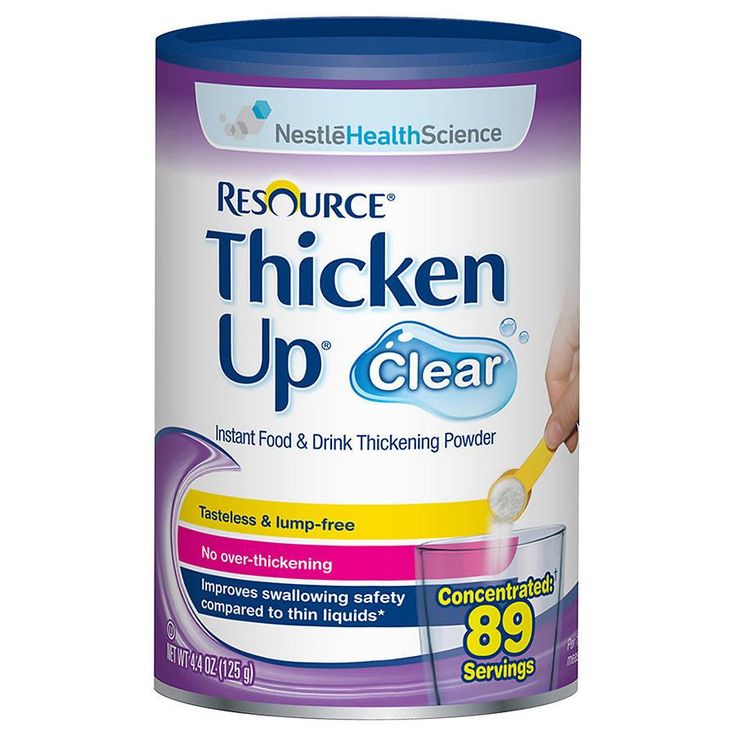
It’s very important to find a medical professional who can correctly diagnose such problems.
Lactose intolerance is often wrongly diagnosed for a range of problems too.
One example is cows’ milk protein sensitivity. Find out more here.
Are You Getting BellyBelly’s Baby Week By Week Emails?
We think they’re the best on the internet!
Click to get the FREE weekly updates our fans are RAVING about.
#2: Thickened feeds don’t stop the reflux
According to Australia’s peak health body, the National Health and Medical Research Council (NHMRC), thickening of feeds “has some benefit in decreasing the amount regurgitated, but is not effective in decreasing the number of episodes of GOR [gastro-oesophageal reflux] or acid exposure, and thus has no real place in the management of complicated GOR.”
In other words, thickeners can reduce how often a baby vomits, but not alter how often his stomach contents rises into his oesophagus.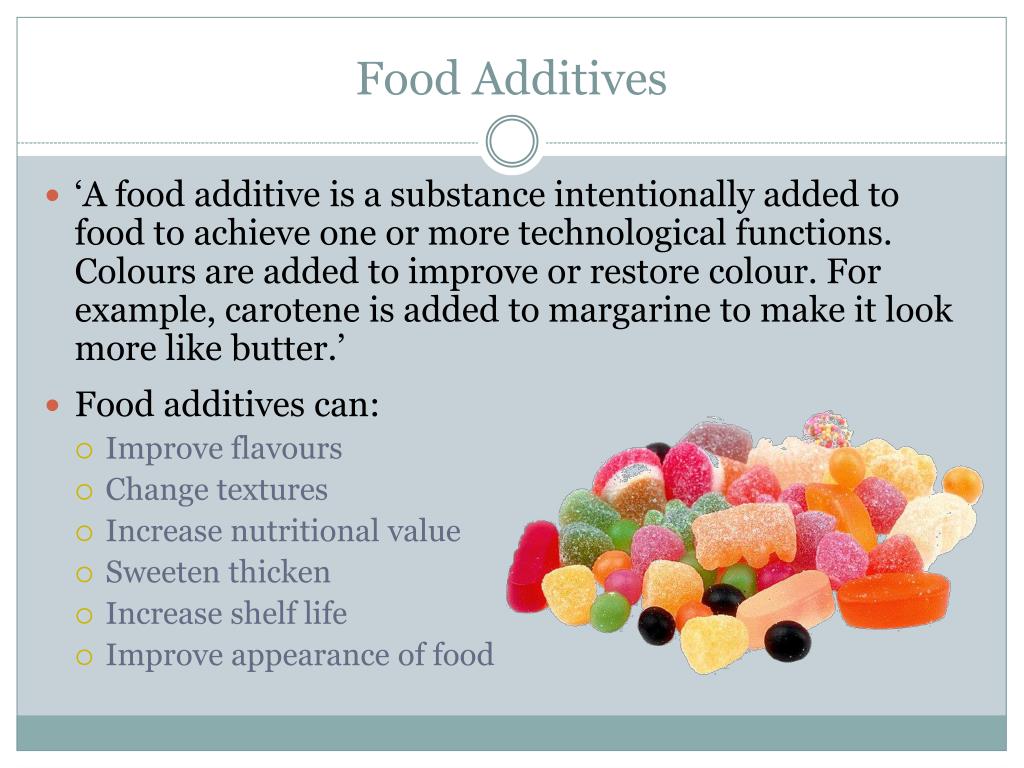
Less vomiting is worthwhile if it’s deemed to be contributing to a baby not gaining enough weight.
Thickeners are not recommended for babies who are healthy and growing well.
It has been hypothesised that rather than thickening feeds and making them sit in the stomach for longer, it may actually be better to have liquid move through the stomach more quickly.
As a result, this may minimise the possible window for reflux to flow back up again.
#3: Thickened feeds cause practical problems for breastfeeding
Obviously, breastmilk which is fed straight from the breast cannot be thickened.
Some breastfeeding mothers may have attempted to add thickener to their expressed breastmilk (EBM).
This doesn’t work since the live enzymes in the EBM breaks down the starches that make up many thickeners.
Adding thickeners to EBM also changes the carbohydrate balance of the EBM.
#4: Some thickeners may actually make a baby feel worse
Unfortunately, some thickeners can actually make a baby feel worse, and have been associated with:
- Colic
- Diarrhoea
- Constipation
- Increased coughing
#5: Thickeners feeds may be dangerous
The NHMRC indicates that feed thickeners have some adverse effects, such as increasing the length of time it takes for feeds to pass through the stomach, and even increasing reflux.
For premature babies, it’s even more important to not add anything to their feeds unless under medical advice.
Some commercial thickeners have been linked to an increased risk of necrotising enterocolitis, a serious and life-threatening condition where tissue in the intestines becomes inflamed and dies.
…
It’s important not to give a baby thickened feeds unless advised by a doctor. Since gastro-oesophageal reflux disease can be associated with medical problems, exclusive breastfeeding (i.e. without any thickeners, etc) is advisable whenever medically possible. This is because lack of exclusive breastfeeding carries risks.
What are food thickeners and how to work with them? About agar-agar, gelatin, pectin, starch and gum
What is jelly?
A delicate fruity light dessert is a salvation on hot days, and mouth-watering aspics and aspics decorate traditional holiday tables.
Aidigo experts know that it is possible to introduce a product into a state of jelly or jelly thanks to a “gelling agent” or, in other words, a “food thickener”.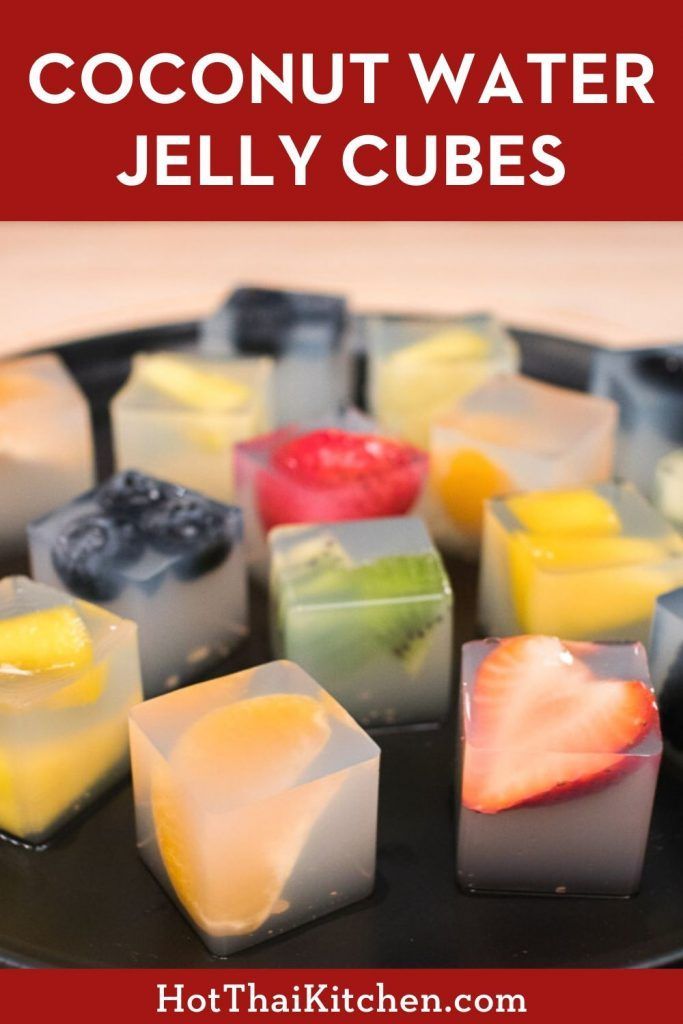 The term "food thickeners" means substances that have the ability to "thicken" the structure of products, increase their viscosity. In this case, you can use not only the well-known gelatin, which is a product of animal origin, but other spices. In our "Top 5" we will talk about the most common of them.
The term "food thickeners" means substances that have the ability to "thicken" the structure of products, increase their viscosity. In this case, you can use not only the well-known gelatin, which is a product of animal origin, but other spices. In our "Top 5" we will talk about the most common of them.
5th place. Modified starches
Starch is an essential element of human nutrition, responsible for the supply of energy to ensure the normal functioning of the body. It is a tasteless white amorphous powder, insoluble in cold water. And let consumers not be afraid of the inscription “modified”, since modified starch has nothing to do with genetically modified organisms, since it has not been changed at the gene level. Starch modification can occur during physical or chemical processing. As a result of such modifications, starch can retain moisture in various environments, which makes it possible to obtain a product of a given consistency.
Starch is an excellent thickener. It is used to make sauces, gravies, pureed soups, pie fillings, creams and jelly. By the way, it is thanks to starch that jelly is good for the stomach. Enveloping the walls of the stomach with an adhesive film, starch reduces the harmful effects of aggressive products, which is useful for gastritis.
For starch quality read here .
4th place. Guar gum
The most interesting thing that can be said about this product is not chemistry. Gum is a product of plant origin. With mechanical damage to the bark, some plants secrete juice, the main component of which is this high-molecular carbohydrate - gum. Several types of gum are known - xanthan, guar, locust bean gum.
Guar gum is used as a thickener and stabilizer and is classified as E-412. It is obtained from the fruits of guar. It is one of the most economical and common additives in the food industry, it is tasteless and low in calories.
Guar gum has viscosity increasing and gelling properties. Added to dairy products to retain moisture and create the right consistency, to frozen products to prevent the formation of ice crystals (for example, ice cream), in the preparation of cheeses - to increase the volume of finished products, in bakery products - to improve taste, in the meat industry - to increase the plasticity of minced meat.
3rd place. Pectins
Pectin (E-440) is a purified polysaccharide that is obtained from citrus fruits (lime, lemon, orange, grapefruit), apple pomace, sugar beet pulp or sunflower heads.
Confectioners especially appreciate apple pectins, but in the dairy and canning industries, citrus pectins are more preferable. For wide use produce liquid and powder pectin. Moreover, in recipes, these two forms are not interchangeable: powder pectin is mixed with fresh cold fruits or juices, but liquid pectin is added to a cooked hot product.
It is the jelly-forming ability of pectin that has become the determining factor in its widespread use in the confectionery industry. Marmalade, jam, confiture are prepared with it. At home, pectin helps to make a delicious jam with the addition of a small amount of sugar.
How to use pectin? Read here .
2nd place. Agar-agar
Agar-agar is derived from seaweed. In finished form, food agar-agar is shiny transparent ribbons or plates. They quickly swell in cold water and dissolve without residue in hot water, after which they turn into a colorless, strong jelly without taste or smell. The gelling ability of agar-agar is very high. For comparison, it needs 8 times less than gelatin. In addition, agar-agar has no side odor, and gelatin enhances its "glue" flavor with increasing concentration. Agar-agar is mainly used in the confectionery industry in the production of marshmallows, marshmallows, soufflés, marmalades.
How to use agar-agar? Read here .
1st place. Gelatin
Gelatin is a sticky organic substance that is obtained from the collagen found in the bones, cartilage and tendons of animals.
Powdered gelatin dissolves poorly in water and requires swelling and subsequent dissolution. The highest grades of gelatin (in plates) have no side odors and taste. Low grades sometimes have a weak "sticky" taste and smell. Read about the quality of gelatin here .
Gelatin is used to obtain jellies, jellies, jellies, mousses, creams. Read about the rules for working with gelatin here .
Thanks to the use of "food thickeners" you can make a masterpiece of culinary art without much effort!
Want to learn about the differences between agar-agar and gelatin and pectin? Read the full review of here .
Author: Anastasia Maksimova, chief technologist at Idigo.
Thickeners
- NEW!!!
- BACKALDRIN
- ALL FOR ICE CREAM
- Chocolate
- Cocoa, cocoa butter, cocoa mass
- New Year
- Filling for gift baskets
- FILLINGS
- Ready mixes
- MARGARINES, FATS, BUTTER
- Fruit purees
- Ingredients
- Aroma pastes and fragrances
- Nuts and seeds
- Food additives
- Starters, malt, improvers, yeast
- Thickeners
- Pastes and pralines
- Dessert pastes
- Freeze-dried products
- Marzipan
- Sugar, powdered sugar, molasses, glucose syrup
- Candied fruits and dried fruits
- Grocery
- Decor
- Tools
- confectionery molds
- Semi-finished products
- Packaging
- Wholesale
- Equipment
- GIFT CARDS
- Sweet gifts
Sort: DefaultBy Name (A - Z)By Name (Z - A)By Price (Ascending)By Price (Descending)By Rating (Descent)By Rating (Ascending)By Model (A - Z)By Model (Z - A)
Display: 25325075100
AGAG-AGAR food 1000, China, 25 kg
We offer AGAR-AGAR (China).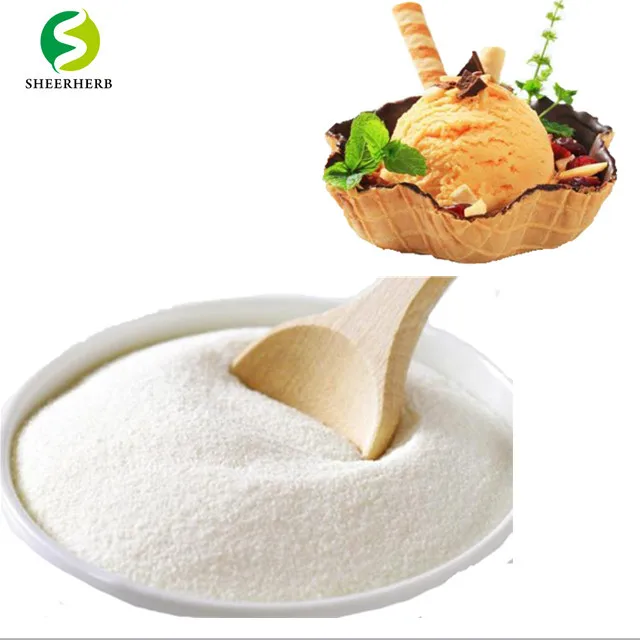 The red algae Gelidium amansii, which is also easily found
The red algae Gelidium amansii, which is also easily found
45 500 rub.
Proagar, Chile 500 gr.
Agar - the strongest gelling natural product, red and brown algae extract: has
1 976 rub.
Agar-Agar 900, 300 g.
Agar is a natural vegetable thickener. Suitable for making soufflé, marshmallows and marmalade, and
1 977 rub.
Agar-Agar 900, GUZMAN, 250 gr.
Agar - the strongest gelling natural product, extract of red and brown algae - has
1 999 rub.
Agar-Agar 900, GUZMAN, 700 gr.
Agar - the strongest gelling natural product, red and brown algae extract - has
4 017 rub. No 72 325 rub.
PCB-Creation Agar-Agar, 700 gr.
Agar is a naturally occurring gelling agent extracted from red algae (Gelidium spp. ,
,
7 991 rub.
Agar-agar, Sosa, 500 gr.
Agar-agar is a gelling agent obtained by extraction from red and brown algae (Gr
6 391 rub.
Tech-Way Gellan Gum, 150 gr.
Universal gelling agent. Application: pastry gels for cakes; jams; for making
950r.
Tech-Way Gellan Gum, 500 gr.
Universal gelling agent. Application: pastry gels for cakes; jams; for manufacturing
2 848 rub.
Sosa hot gel cream, 500 gr.
Hot gel cream - jelly-like product for hot use for glossing and pouring cakes and pie
2 000 rub.
Gom xanthan Sosa, 500 gr.
Xanthan gum - powdered carbohydrate thickener (cornstarch fermentation), 100% per
3 000 rub.
Gelatine China, 25 kg.


